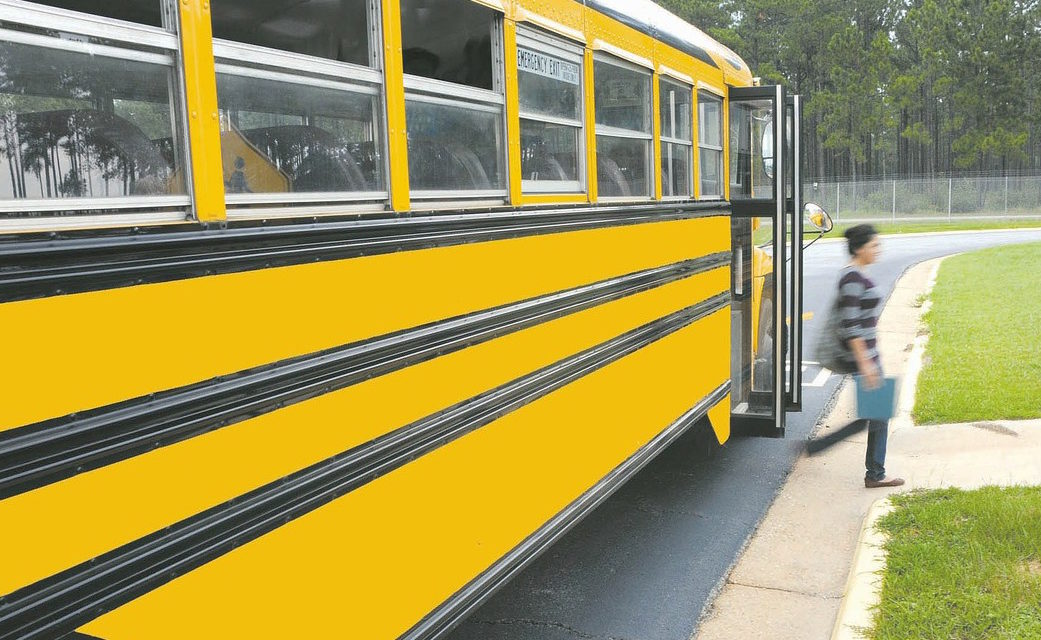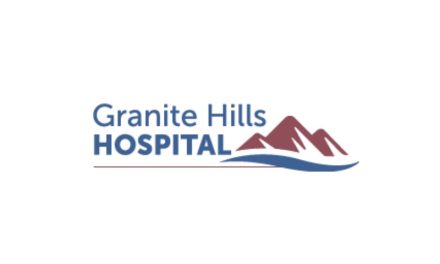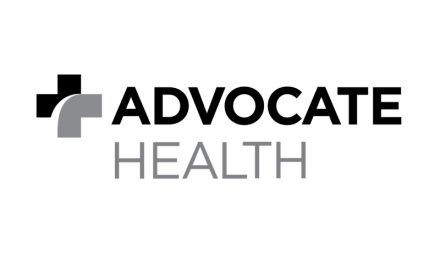
More support needed for student mental health, according to coalition

Last month, the Department of Public Instruction awarded more than $3 million to help school districts improve students’ mental health.
The Coalition for Expanding School-based Mental Health in Wisconsin, a consortium that includes providers, advocates and schools, pushed for the recently awarded grants in the last budget.
Treasurer Linda Hall, who’s also executive director of the Wisconsin Association of Family and Children’s Agencies, noted that the majority of students needing mental health treatment are Medicaid eligible. But Medicaid seldom pays the full cost of care, she said.
“We have a lot more to do to try to keep narrowing that gap and providing the kind of funding that’s necessary to allow these programs grow to where they need to be,” she said.
Hall recently spoke to Wisconsin Health News about the grants and what else is needed to address children’s mental health. Edited excerpts are below.
WHN: There seems to be a growing interest among state policymakers and others in tackling student mental health issues. What’s led to that?
LH: Our members have been getting more requests than they can possibly fill from schools and communities in their areas, asking for help with kids who are presenting at school with a variety of issues that are interfering with their ability to learn, to function well at school and to succeed. We believe that’s what’s really fueling the interest in this is the increased attention that it’s getting from teachers and schools.
WHN: How does Wisconsin compare to other states? What sort of issues are schools seeing?
LH: We know that the issues in Wisconsin are similar to what’s happening in other states. We know that teachers are quite overwhelmed by what they’re seeing kids bring to school with them. Their families have challenges around food insecurity, sometimes housing insecurity. There may be other issues happening in the family that are creating concerns for the children. The teachers are trying to help these kids with these issues that are pressing on them. In terms of data, we do know that Wisconsin has a higher than national average of suicides among 15- to 19-year-olds. And so that has really played into some of the concern that communities have. Several communities in Wisconsin have experienced one or more suicides of their students. There’s a lot of concern about supporting students so that they can feel better, they can succeed academically and they can graduate.
WHN: DPI recently awarded $3.25 million in grants to 64 school districts to help address student mental health. What will those grants allow schools to do?
LH: Some of the things that the money is used for is a training for teachers and other school professionals. It’s for the time to collaborate with an outside therapist who comes into the school to help with students who need mental health treatment that exceeds what the student services personnel, like the school counselors, school psychologists and social workers, are able to do. So, that’s what the grants are about. It’s creating the atmosphere to allow integrated school mental health to happen.
The other piece that we were working on, and we were successful with getting into the budget, was a requirement for Medicaid to pay for a consultation with school personnel. That is a new Medicaid benefit that just started on July 1. This will pay for the time that the therapist needs to talk to the teachers and the other school personnel who are involved with the student’s life. That piece is only funded through the end of this fiscal year. So we’re going to be looking to see that getting extended because we already know that this work is essential to effective treatment planning and through the success of those treatment plans.
WHN: Superintendent Tony Evers followed up the funding announcement by proposing a $60 million package to boost kids’ mental health, including $10 million for additional grants. Is that something the coalition supports?
LH: We’re really pleased that he announced an increase. You may have heard that the applications for these grants exceeded by more than double the amount of money that was appropriated. So the $10 million would get us up to what schools had requested this time. We think that that’s a great addition to what’s already been put out there. We think that schools will take advantage of that money. His package also included $44 million for student services. So that would support the folks in the school, like the psychologists, the counselors and social workers who work with students. That’s also important, especially in parts of the state where there are no mental health providers available. Another piece of it was a $5 million parent peer specialist program and a suicide prevention program. Those are also very important. Suicide is an issue among all young people in the United States, but especially in Wisconsin. The parent peer specialists will help in terms of supporting this work that we’re advocating for and supporting kids.
WHN: What else needs to be done?
LH: We are going to continue to focus on the grants and looking at, within the grants, are people able to do what they need to do in their communities. We’re encouraging communities and schools to develop the program that makes sense for them. So they’re going to look a little different in each school district. But we also know that there are a number of additional things that schools need help with that they may apply for through the grants or that we may need to develop additional funding sources for. Screening of kids is an important issue that takes time and effort to do. You need to create a referral process. We likely will continue to focus on the grant so that schools can develop the components that they need for their program that works in their communities. But we know that more funding is going to be needed as more issues are identified with kids.
Another program that many schools have been involved in is mental health first aid, an approach to helping people understand how do you respond to somebody who has a mental health concern and how do you know when to refer them to other people for support.
We know that there is much more need out there than we’re currently able to address and we’re going to keep working on how to do this most effectively and to seek the funding that is necessary to pursue those effective methods. More than 20 percent of kids come to school every day with a diagnosable mental health condition, and the majority of those kids are not getting access to treatment. What school mental health is doing is allowing kids access to treatment, which may not even be available in their community. School may be the only place they can get it. It allows them to feel better, their grades get better. The academic time in the classroom increases and suspensions and expulsions decrease, which actually is involved in saving money for schools. Communities become stronger. We just know that this is a really effective way to get the support to kids that they need.
This article first appeared in the Wisconsin Health News daily email newsletter. Sign up for your free trial here.





